
Live Walls: The Beauty of Organic Wall Finishes and Paints
Chosen Theme: Organic Wall Finishes and Paints. Step into a healthier, more soulful home where limewash whispers, clay plasters breathe, and mineral pigments glow with quiet depth. Let’s explore natural finishes that feel alive, respectful, and deeply comforting.
Why Organic Wall Finishes Matter
Organic paints and plasters minimize synthetic resins and biocides, significantly reducing off-gassing and indoor pollutants. Many readers report fewer headaches and less irritation. If you’ve noticed odors lingering after painting, this path can genuinely change daily comfort. Share your experiences and questions below.
Why Organic Wall Finishes Matter
Lime and clay allow vapor to pass, helping walls balance moisture rather than trap it. This breathability supports healthier interiors and can reduce condensation issues. When substrates are compatible, the result is a stable, resilient finish that ages gracefully. Curious about your specific wall type? Ask in the comments.
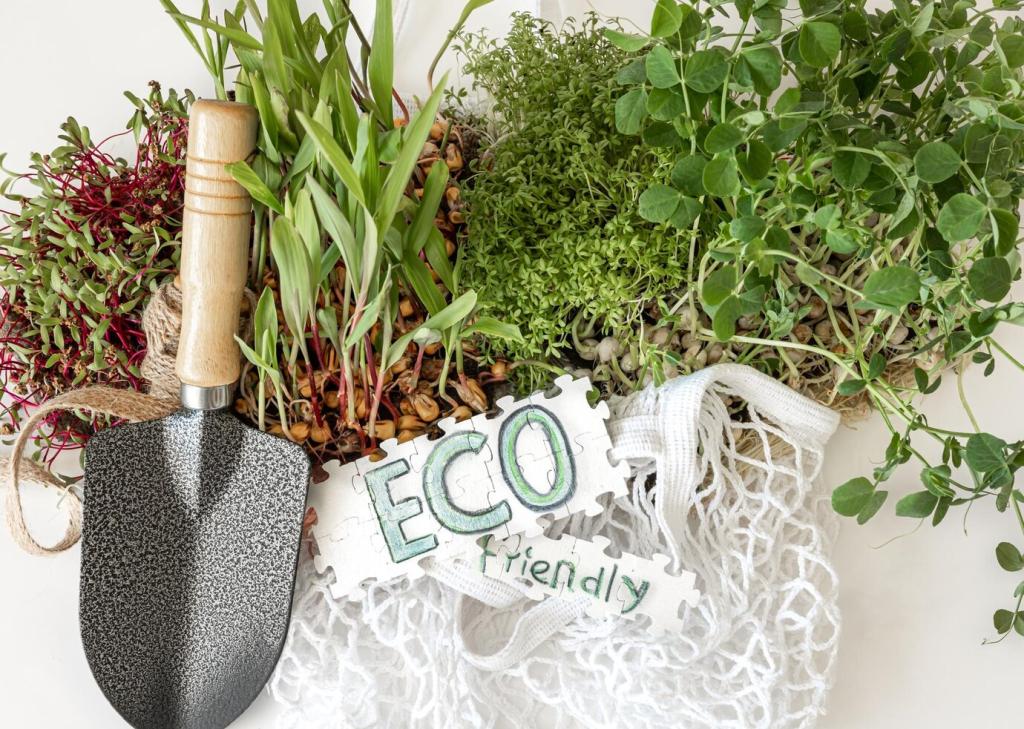
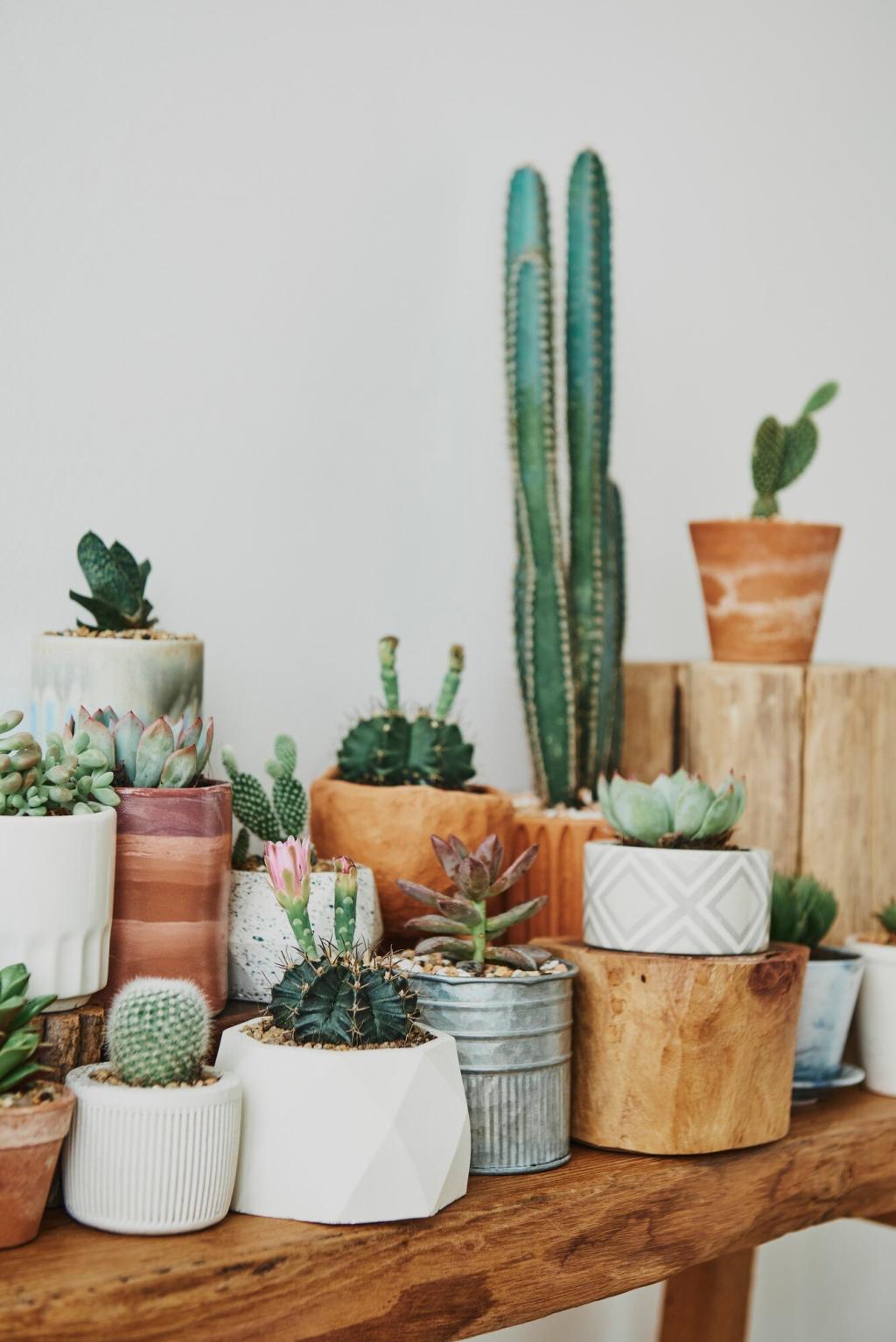
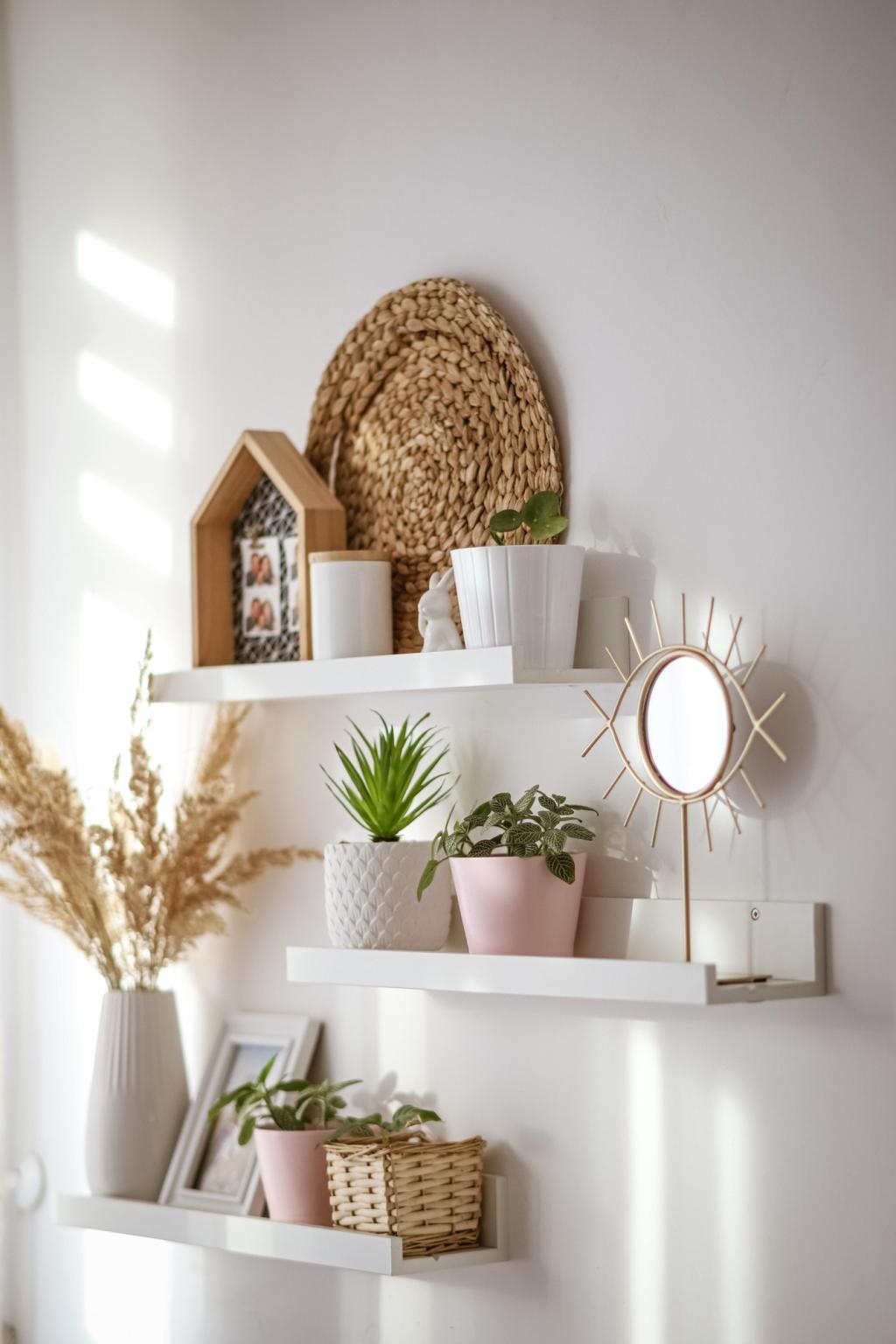
Materials That Make the Magic
Limewash binds through carbonation, forming a stone-like surface with subtle movement. Clay offers velvety texture and delightful touch. Mineral pigments deliver nuanced color that doesn’t feel flat or plastic. Together, they create rich surfaces that change beautifully with light.
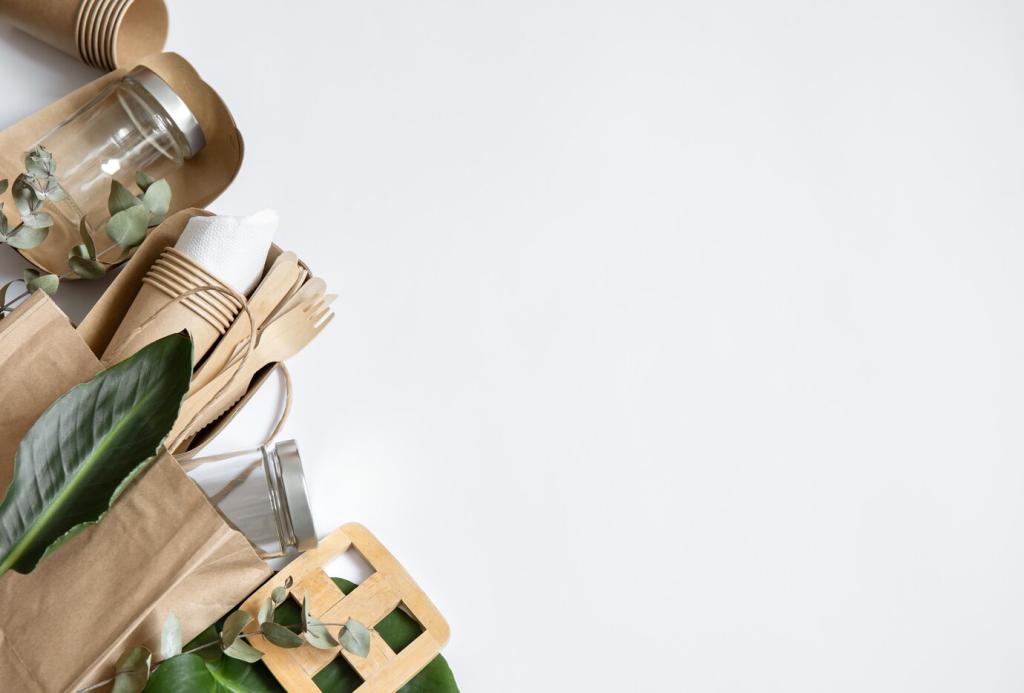
Color and Texture: Designing with Nature
Limewash produces tonal variations, soft edges, and almost watercolor-like depth. Rather than uniform flatness, you get movement and life. Use sample boards to test dilution and layering. When sunlight travels, the surface responds, creating a gentle, evolving narrative throughout the day.
Color and Texture: Designing with Nature
Clay plaster’s fine aggregate can be burnished for satin sheen or left matte for rustic sincerity. It invites touch and quiets echoes. In reading nooks and bedrooms, that hush matters. Share your favorite textures or photos with us; our community loves seeing hands-on experiments.
Preparation and Application Essentials
Test for porosity, previous coatings, and moisture. Lime prefers mineral-rich bases; clay wants stable, absorbent surfaces. Avoid painting over glossy acrylic without proper priming. A dedicated mineral or casein primer can bridge the gap and protect breathability. Unsure? Describe your wall and we’ll help.
Care, Repair, and Long-Term Beauty
Everyday Cleaning without Harsh Chemicals
Dust with a soft brush and spot-clean gently using a damp cloth. Avoid abrasive scrubbers that burnish or remove pigment. A light touch preserves the matte glow that makes organic walls so calming. Have cleaning tips to share? Add them to the conversation.
Touch-Ups and Seamless Blends
Keep a small jar of your original mix. For limewash, re-dilute to match previous coats, testing in a discreet corner. Clay patches blend best when feathered wide. Document ratios, tools, and conditions so future fixes disappear into the original story.
Embracing Patina
Organic finishes invite a philosophy shift: slight variation is not a flaw but a record of time. Scuffs soften, corners mellow, tones deepen. The surface grows kinder with life’s rhythms. If you love timeless spaces, patina is a feature—not a compromise.
Sustainability You Can See and Feel
Life-Cycle and Embodied Carbon
Lime absorbs CO₂ when curing; clay requires minimal processing. Mineral pigments outlast many synthetic colors. These factors reduce environmental impact while improving durability. If sustainability drives your decisions, organic finishes align comfort with conscience, beautifully and pragmatically.
Certifications and Transparency
Seek low-VOC certifications and ingredient disclosures from reputable makers. Ask for third-party testing, especially for emissions and biocide content. Trustworthy brands welcome scrutiny and publish data sheets. Comment with labels you rely on, and we’ll compile a community-vetted resource.
Local Sourcing and Craft
Support regional producers and artisans who understand climate and substrates. Local clay blends, lime putty, and mineral pigments often perform better in their native contexts. You also strengthen knowledge networks that keep traditional craftsmanship alive and thriving.
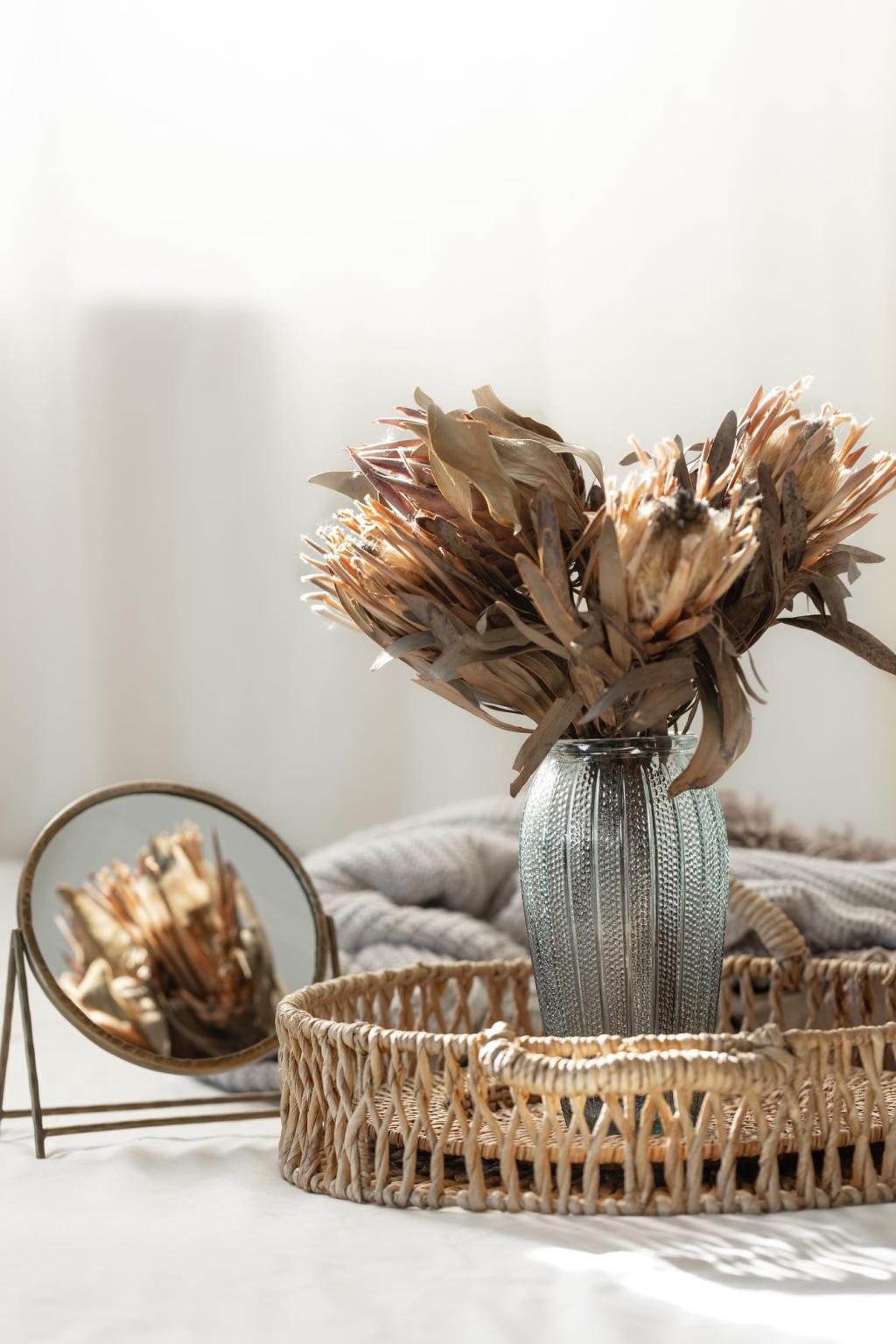
Getting Started: From Curiosity to Confident Action
Create sample boards under your actual lighting. Test two or three dilutions, document ratios, and live with them for a week. The right finish will keep whispering yes every time you pass. Share your results with us for feedback.
Getting Started: From Curiosity to Confident Action
DIY suits small rooms and straightforward walls. Complex substrates, moisture concerns, or high-traffic spaces may benefit from a trained finisher. Interview pros about breathability and non-toxic materials to ensure alignment. Unsure where to begin? Ask, and our readers will chime in.
